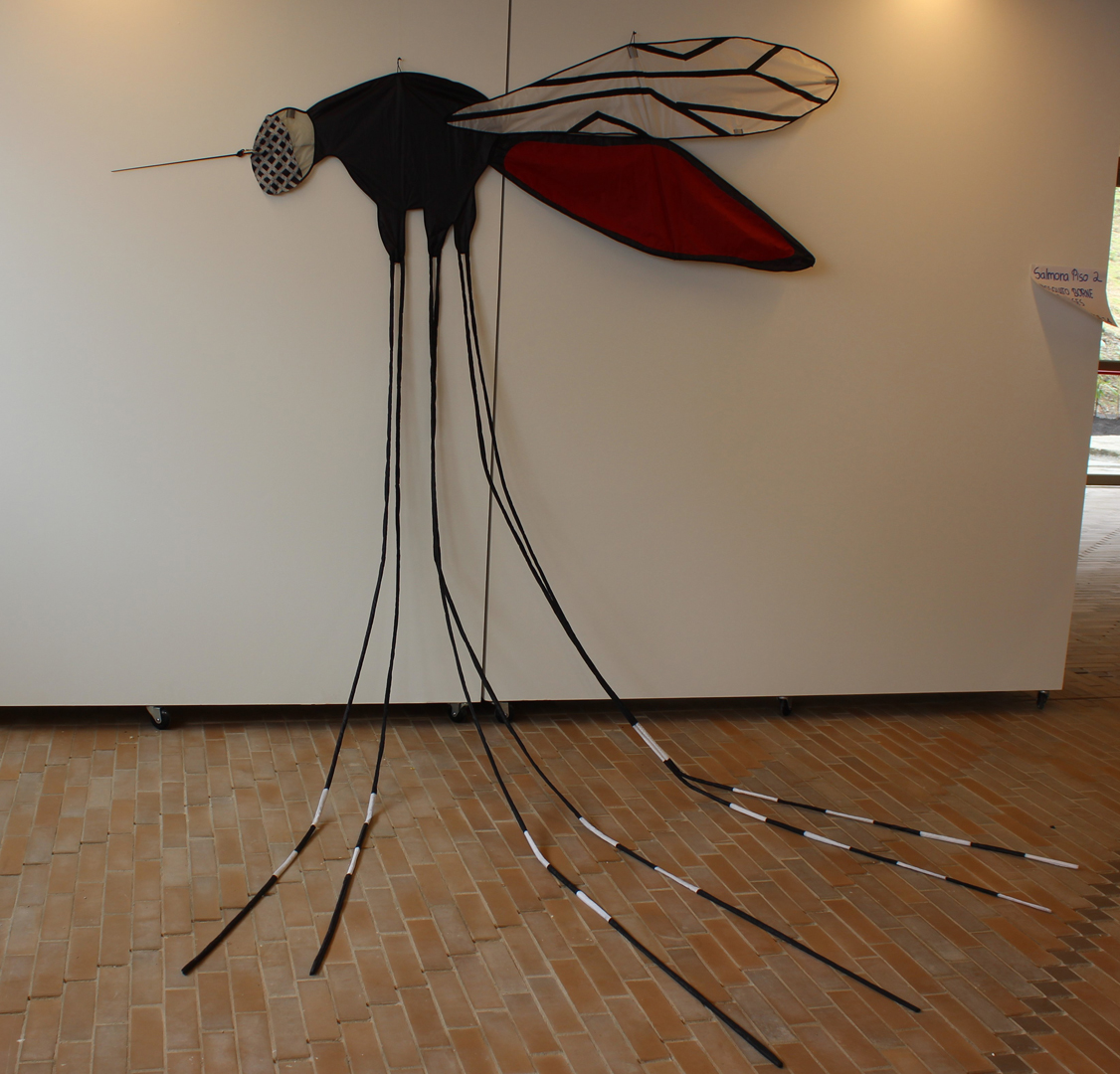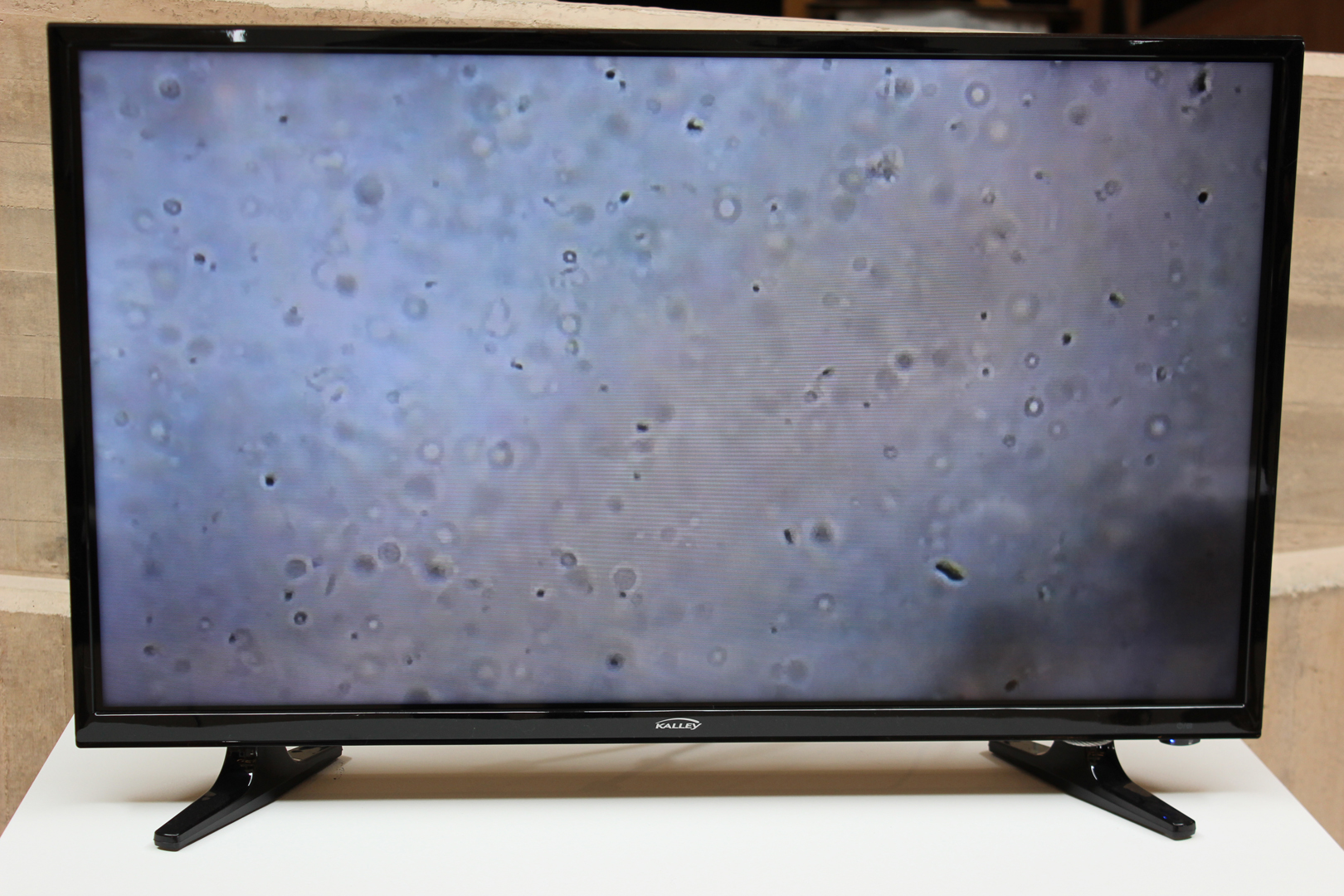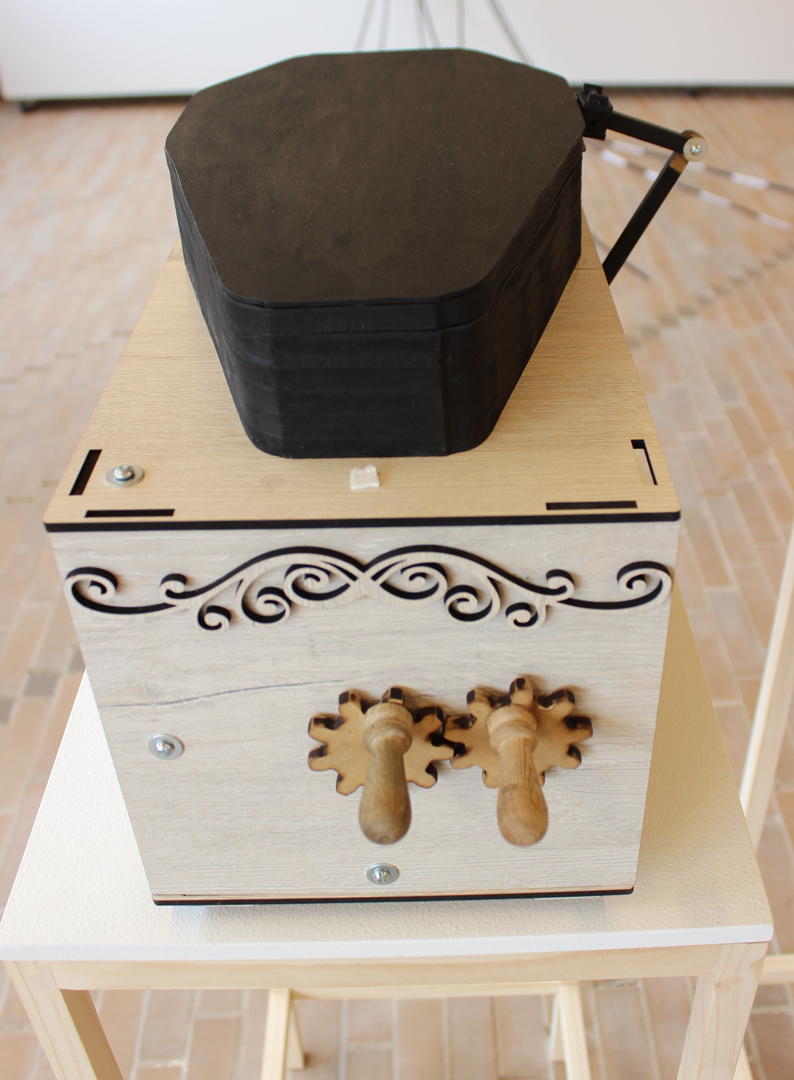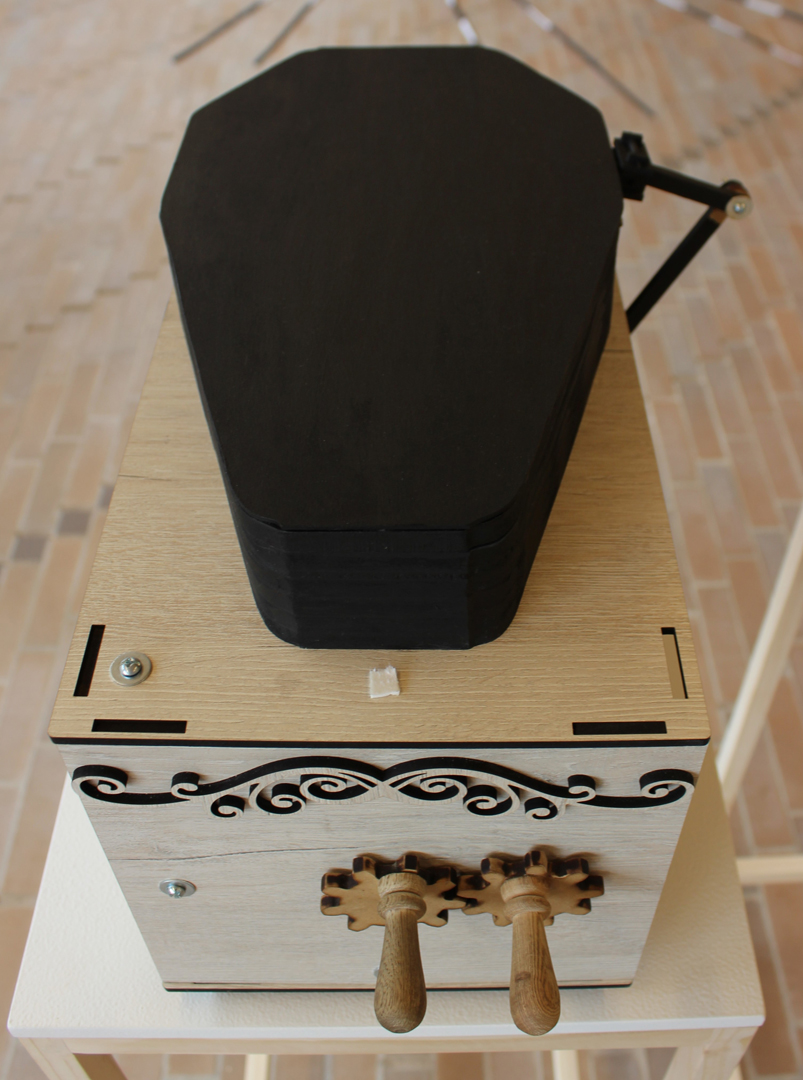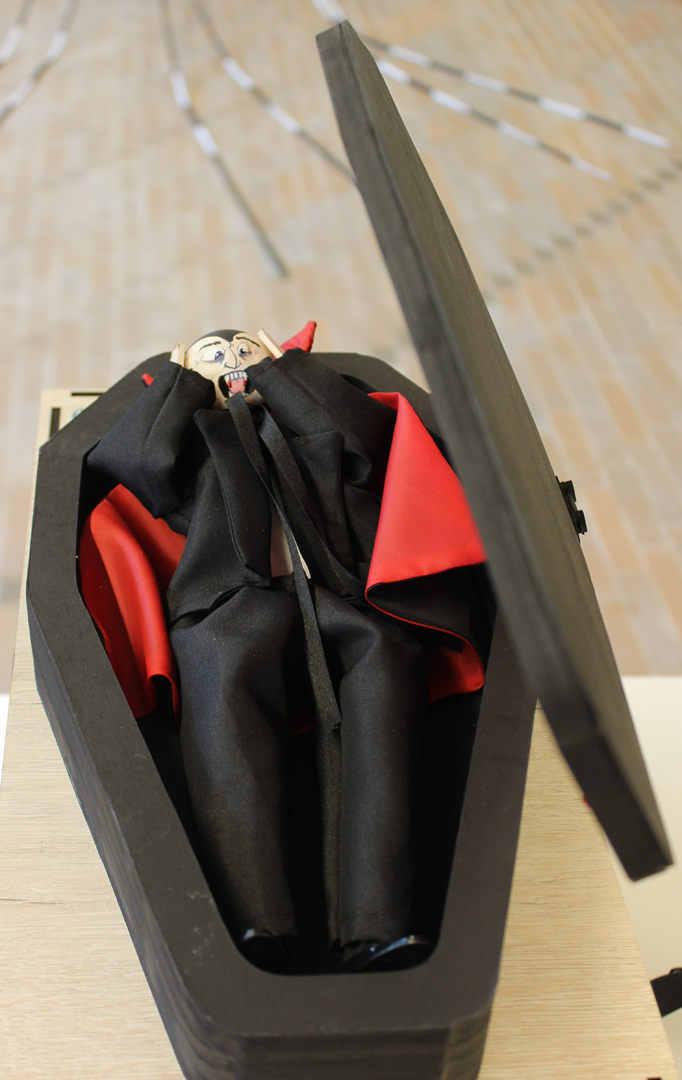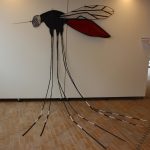“Experiments at the interface between art, anthropology and science to re-design health campaigns against mosquito-borne diseases” by Alejandro Valencia Tobón
Title:
- Experiments at the interface between art, anthropology and science to re-design health campaigns against mosquito-borne diseases
Artist(s) and People Involved:
Exhibiting Artist(s):
Symposium:
Medium:
- INSTALLATIONS (Design Cases)
Artist Statement:
Reality is that the number of people who get infected with mosquito-borne diseases is higher every year. Dengue is ranked as the most important mosquito-borne viral disease. Zika is now considered a public health emergency of international concern. Chikungunya has been identified in 60 countries. The World Health Organisation (WHO) argues that this is because of biological and ecological variables, for example, abandoned materials and domestic water storage serve as mosquito-breeding sites. So considering that these three diseases are transmitted to humans by the bite of a mosquito (mainly Aedes aegypti), and knowing that mosquitoes breed in water, health campaigns against them have been based on standardised templates for ‘teaching’ the community how to eliminate mosquito-breeding sites, a discourse to which people do not respond. I present mosquitoborne diseases from a different point of view, suggesting that the ‘over- automatisation’ of health campaigns should be replaced by new ways of seeing and thinking about them. Through the creation of Vampires (goo.gl/Da7Yyn), the Mosquito Kite (goo.gl/oQt2gV), Serotype (goo.gl/NnTg6P) and Buzzing (goo.gl/Zjjzmu), I argue that the simplistic understanding of mosquito-borne diseases focused on the elimination of mosquito-breeding sites only leads us to have inaccurate and imprecise observations of the human-mosquito-virus relationship.

